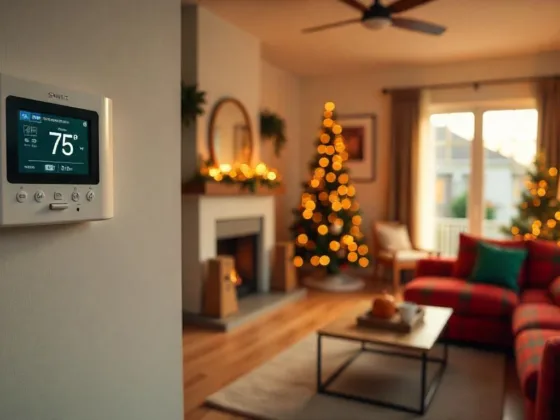Table of Contents Show
Scraping paint off by hand is a laborious task. Removing rust by scrubbing metal with steel wool takes forever. What if there was an easier way?
Thankfully, media blasting makes cleaning stubborn debris of surfaces a quick, simple, and affordable process–whether you DIY or hire a professional operator.

What follows is a useful guide to media blasting for homeowners. Learn what it is, what you can use it on, and what kinds of media are best for different applications.
Media Blasting: A Debris Removal Tool
The term media blasting refers to the use of pressurized air to shoot a material (or media) out of a blast gun. You might be familiar with sandblasting and water blasting. Maybe you’ve used a sandblaster to clean your driveway or backyard patio? These techniques both fall under the broader category of media blasting.
This process might seem contemporary but American inventor Benjamin Chew Tilghman filed the first patent for sandblasting way back in 1870. Media blasting has come a long way since its origins in the Industrial Revolution. Today, people use all kinds of media for blasting, from glass beads to spinning wheels.
Where Can You Use Media Blasting?
People use media blasting for everything from preparing a wall for repainting to polishing rust-covered car parts. It all depends on the type of media blasting equipment and blasting media the operator chooses to use.
Abrasive blasting is a great tool during the preparation phase of a home renovation. It offers a quick way to smooth out old brick or remove peeling paint from a plaster wall. You can also use it to clean wood joists and concrete beams–it gets into those fine cracks you can’t reach with a scrubbing brush.
Auto mechanics and car restorers use media blasting to clean and polish parts corroded by rust or embedded with dirt. Use a blasting cabinet to keep the particles contained. You don’t want bits of corn or walnut flying all over your garage!
Choosing Your Blasting Media
Though most people have heard of sandblasting, sandblast media is not in common use today.
The sand contains harmful crystalline silica particles, which can cause respiratory disease or even death when inhaled. Some countries have even banned the use of silica in abrasive blasting.
Natural, biodegradable materials like walnut shells and corn cobs are useful for soft surfaces. Glass beads are best where you want to both remove debris and add shine.
Plastic media blasting is perfect for automotive or aerospace work. For stubborn jobs and hardy surfaces, use a material like aluminum oxide, silicon carbide, or carbon steel.
Consult with a surface restoration professional in your area if you’re unsure which media to choose for the job.
Hire a Professional for Difficult Jobs
If you’re a homeowner looking to clean some unsightly graffiti off your wall, rent or buy some simple media blasting equipment. Head online and search “media blasting near me” to find local suppliers. Better yet, get a professional company like Surfco Restoration & Construction LLC to take care of the job for you.
Keen to dive deeper into the topic of DIY around the home? Take a look at the home improvement articles on our website.









